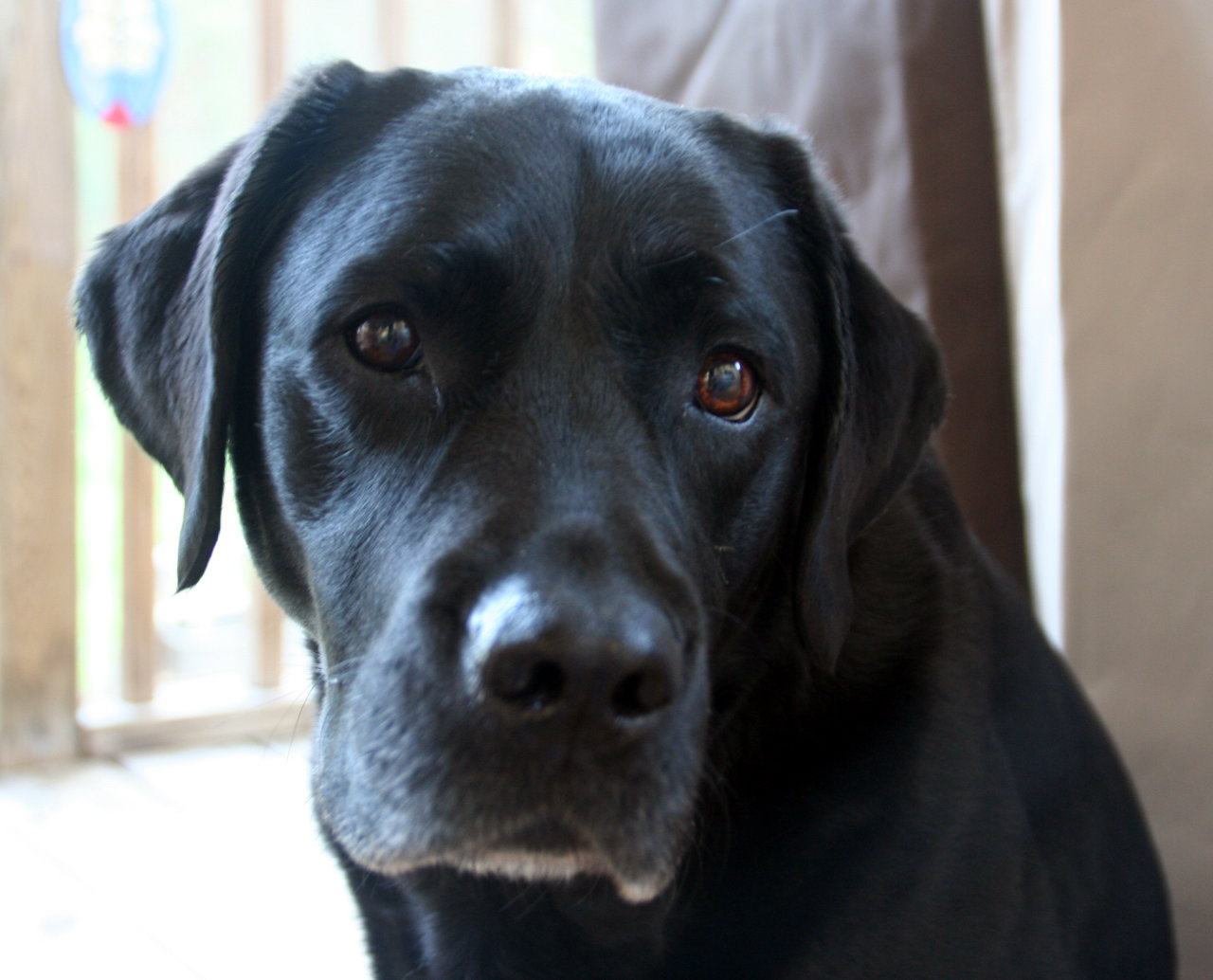The version of Shotwell in the Fedora 16 repo (Shotwell 0.10.1) is a little bit behind the current release (0.11.6) so some of my comments might have been taken care of already. If the new version doesn’t make it into the F16 repo as an update, I might try to install the new version and run it in parallel.
The first thing I like about Shotwell is the timeline or “Event” view of all your photos. You get to see all your photos in chronological order.
Categorizing photos by adding tags is pretty easy. Adding tags to a batch of photos is easy. Batch modifying tags isn’t quite so easy and is a little cumbersome. It would be nice if it worked the same way as adding tags.
There are basic image editing functions available: crop, red-eye reduction, auto image enhance. For more sophisticated image editing, you can right click and open the image in an external editor that you can specify (such as GIMP).
Built-in plugins let you upload photos to places like Picasa, Facebook, Flicker, etc.
Shotwell lets you remove items from the library or delete them by moving them into the trash. The first is useful if Shotwell has imported images that you don’t want it to manage, but if there are lots of them, it can be a bit of a cumbersome process.
The interface is simple and easy to figure out and the learning curve isn’t very steep. A decent little program for managing your photos regardless of how many photos you have.
Like this:
Like Loading...

